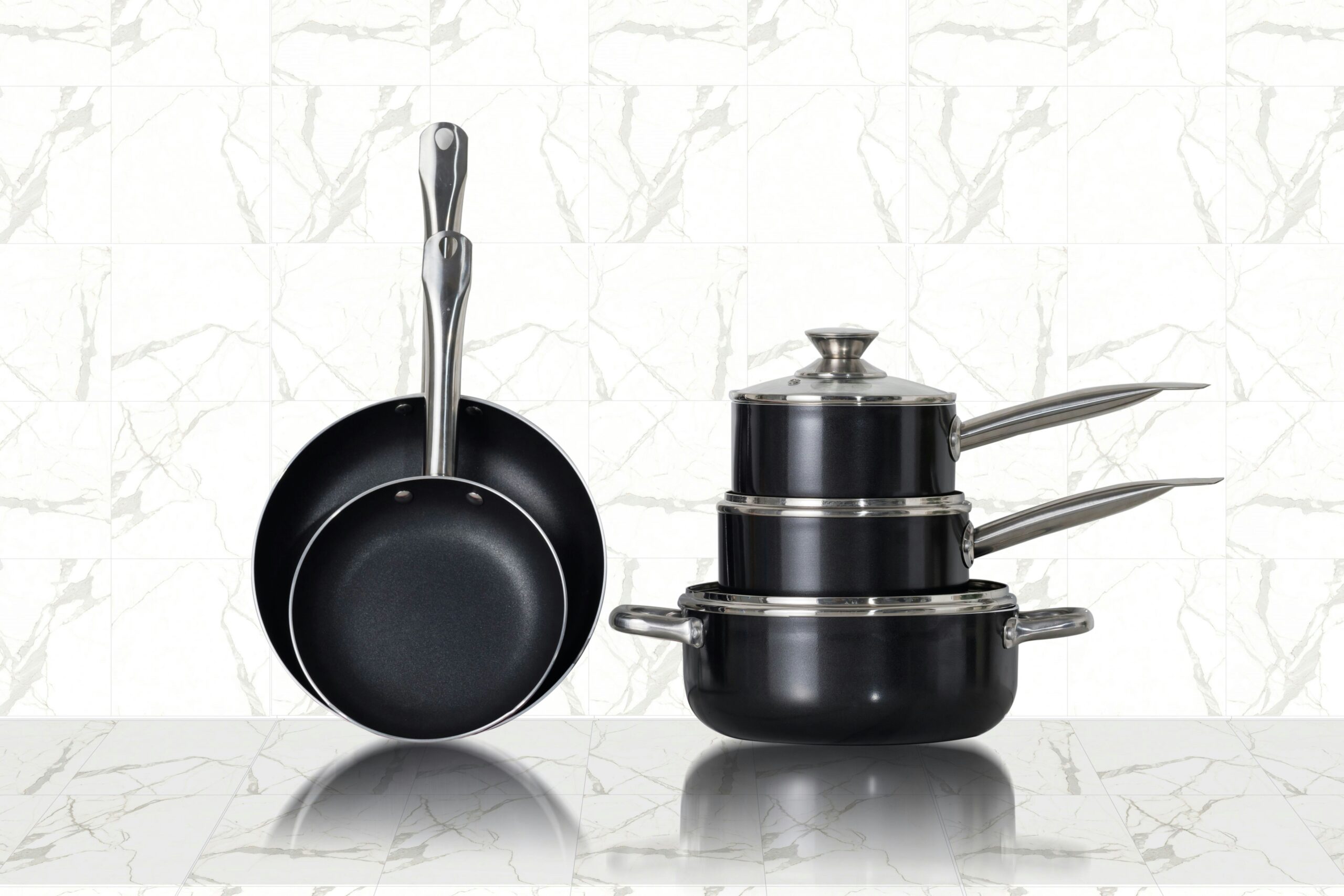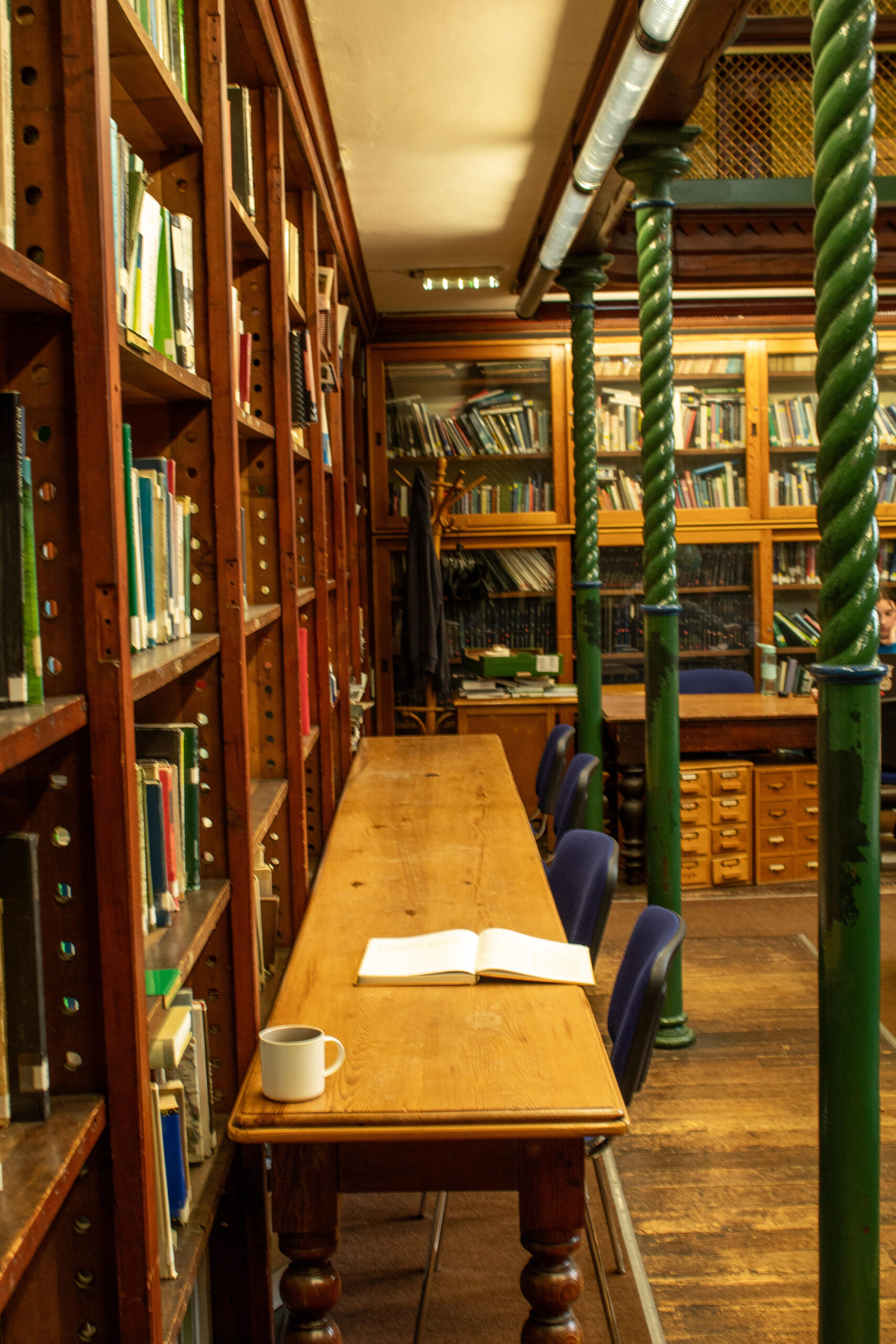
“Overall, tea does not just have the ability to warm and refresh but can also heal, console, invigorate, purify and relax.”
Hubie Pilkington | In-House Connoisseur
Well, the budget came in. Tuition fees have risen, the grant has been effectively cut and most importantly, drink prices have been hiked. Overall, this means less money for us and drinks that are too expensive to drown our sorrows. But at least we know that there is one old reliable that will keep us going. A drink that will warm us after a days protesting, a pick me up after a long stretch in the library and a beverage that has motivated a nation over and over again during tough times – the trusty cup of tea.
Tea has been around since as early as the 8th century in China. It wasn’t until some 900 years later, though, that it came to our part of the world when it became a drink fit for a king with Charles II obtaining some as part of his wife’s dowry. It took decades for the beverage to filter its way through (pun very much intended) from the rich to the poor. As trade routes between the British Isles and the Orient became more routine the leaves became widely available and less expensive. Over the centuries since then tea has become a staple for Western Europeans. With its popularity came many intricacies and practices. Queen Victoria brought about the use of the silver teapot, the Duchess of Bedford established the “Afternoon Tea” or “Tea Time” and, during the Industrial Revolution, tea came to earn its reputation for “building a nation”, with regular tea breaks proving necessary over long factory shifts. It became a communal drink overwhich chat and relaxation were inspired. In fact, recent studies have shown that people who are assigned collective tea breaks at work are more productive. It is unsurprising then that Ireland, too, has followed in these trends and nowadays we can deem tea as a cornerstone of our culture.
But today’s tea extends further than the regular cup of Lyons, Barrys or Bewleys. There has been a tea revival. Whether it’s down to the rediscovered health benefits, the varieties available or the alternative/hipster statement that tea now seems to bring, tea shops across the country are making a stand. If ever there was a metaphor needed between money and taste this could be it. Irish people are kicking the grande double-shot, skinny milk, frappuccino lattes associated with the affluent days for the simpler, unadulterated and cheaper alternative. Whatever the individual allure to tea though, there seems to be a tea for every mood or function be it detox or digestion, revitalization or relaxation, focus or fun.
But the problem with such a variety is that the choice can be daunting. This article hopes to banish the possibly intimidating task through a brief introduction to the modern day cuppa.
Firstly there are five categories of tea: Green tea, white tea, black tea, herbal tea and fruit tea. The first three are often made from the same plant, Camellia Sinensis. The difference in taste between these three tea types, then, comes down to their source and fermentation. The greater the fermentation the richer the taste. Herbal and fruit teas differ. They are not made up of actual tea leaves but, rather, are infused from various flavoursome herbs, spices, leaves and fruits. They are a representation of the intricacies and possibilities that tea possesses.
Green and white teas are the least fermented and many aren’t fermented at all. They retain much of the natural taste of the tea leaves. Green teas come in so many different varieties that in China, the largest producer of green teas, there are nearly more teas than towns! Earl Grey Green combines the taste of the classic Indian black tea with that of citrus rinds. It presents a fresh taste that is coupled with a zestiness and leaves a pleasantly dry finish. Dragonwell tea is one of China’s most famous teas. Its popularity is credited to its vibrancy. Composed of a toasty aroma as well as a full, nutty and buttery texture, it provides all of what tea has to offer. White teas, meanwhile, are far subtler. They are made up of the best leaves from the tea plant and so are hardly processed at all. Silver Needle is among the most revered white teas in China. With a soft and airy texture, alongside a delicate honeysuckle taste that provides a warming sweetness, it is hard to fault.
Black teas are the most fermented teas going. This delivers a far richer taste and gives a hearty feel to the tea. English and Irish breakfast teas belong in this bracket of leaves. Undoubtedly, this is the most popular tea in our neck of the woods and is a staple in every home. However there are other dark teas that are more adventurous. Darjeeling tea has been a common tea in the UK for a long time. It possesses quite a bite to it which runs alongside some very aromatic flavours and finished off with a touch of spice – a tea that certainly invigorates.
Herbal teas, or ’tisanes’, meanwhile, are a blend of various herbs, spices and leaves that are infused to produce a non-caffeinated tea which is very popular due to health benefits. They are commonly drunk as an anti-oxidant and are particularly good at shaking off a nasty hangover. One of the most popular herbal tea is peppermint tea which refreshes and warms simultaneously. For those who fancy a bit more of an exotic taste, Chocolate Honeybush tea is a great infusion. Blended honeysuckle leaves combined with a hint of dark chocolate brings about a dry, crisp taste that is balanced with a velvety sweetness – the mocha of the tea world!
Fruit teas possess plenty of variety as a result of the many different flavours that one can make tea with. Camomile tea has always been a favourite with its calming flavours and floral finish. However, the more exotic blends include watermelon, cinnamon and toasted almond, all presenting a refreshing version of their solid components. Fruit teas are the fantastic compliment to after dinner sweets.
Overall, tea does not just have the ability to warm and refresh but can also heal, console, invigorate, purify and relax. Its properties, depending on its components, are complex and exciting. Each tea has a personality enabling each individual to discover a tea made for them. Undoubtedly, to find ones own tea a lot of cups must be drunk but, surely, that is all part of the process. Whatever, the case, it is fair to say that tea has won over nations before and, once again, it is coming back to our own interests with a ferocity through its variety.






